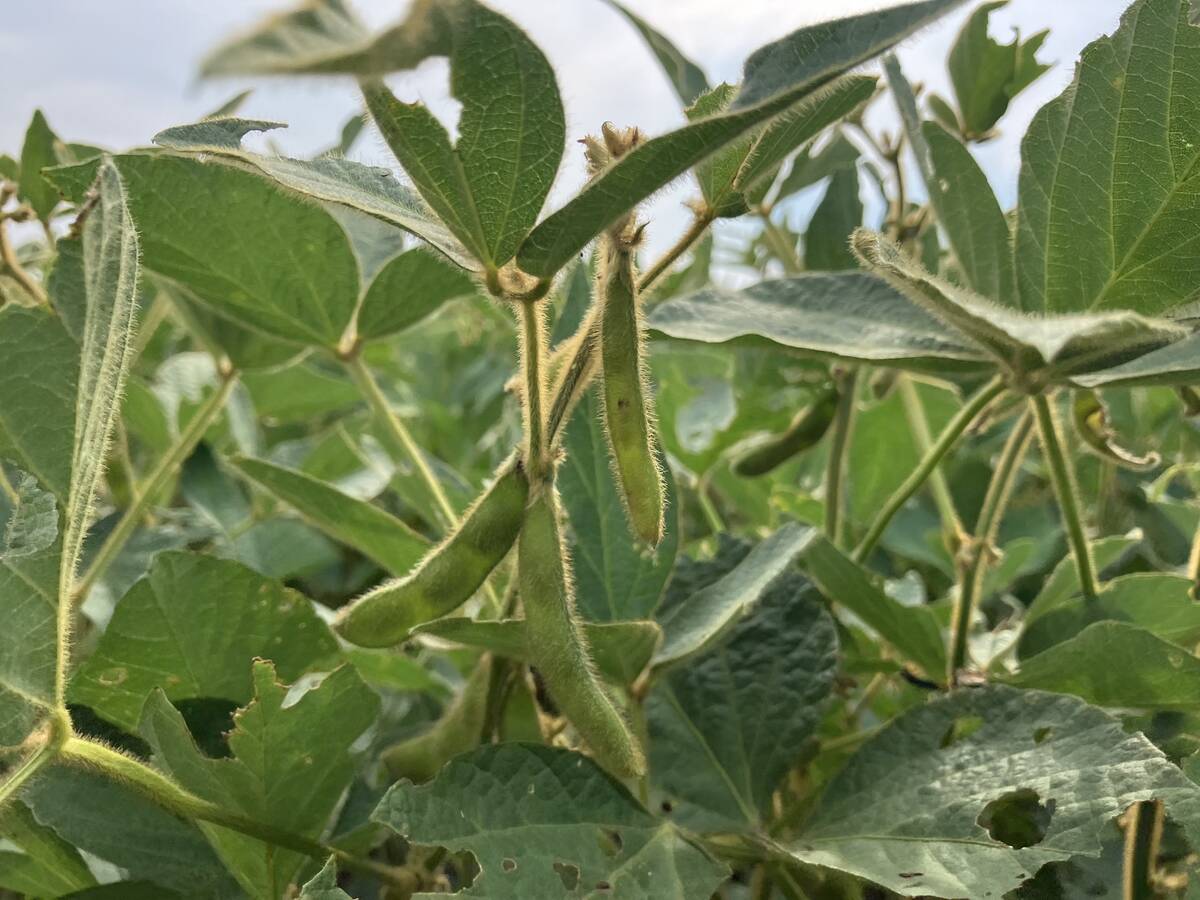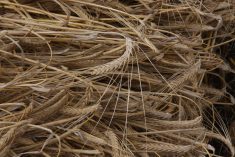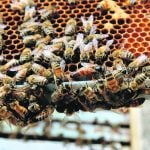CALGARY (Staff) – “There has to be some sizzle in the steak to make it worth eating,” says the president of the world’s largest beef company.
One meat study after another shows IBP’s president Bob Peterson is right. People are telling consumer surveys they want tender, juicy meat and if there isn’t enough fat in their steaks, their eating experience is apt to be a tough one.
The second national beef quality audit in the United States will be released soon and while many of the problems with carcass defects cited in the 1992 audit have been corrected, meat palatability is still high on the list of concerns.
Read Also

U.S. loses out on sales of soybean to China
U.S. soybean exporters risk missing out on billions of dollars worth of sales to China this year as trade talks drag on and buyers in the top oilseed importer lock in cargoes from Brazil.
“The thing that’s really wrong with our product is a lack of consistency and uniformity,” said Colorado State University meat scientist Gary Smith.
“People say that boxed beef in the United States is reminiscent of a box of Crackerjack. There’s a surprise inside. You just don’t know what the surprise might be,” he told the Alberta Cattle Feeders Association Jan. 13.
For consumers, those surprises could include tasteless meat, not enough marbling and dark, unappetizing color in external fat and muscles.
In the United States, 1.3 percent of beef ranks in top “prime” grade with its abundant fat marbling in the meat. Packers would like to increase that to seven percent of the total kill. Most meat falls into the high and low choice grades and 29 percent is graded select.
Prime grade meat usually ends up in expensive restaurants, and at the prices many of them charge, every cut had better be good, said Smith.
To find a cure, the U.S. industry has embarked on a Palatability Assurance Critical Control Points Program to reduce beef toughness by 50 percent by 1997.
One of the first areas for improvement will be in the selection of cattle breeds and types, frequently a controversial issue among producers, who are often committed to certain breeds.
Despite breed loyalties, numerous studies show British breeds like Angus, Hereford, South Devon and Shorthorn are superior in palatability, said Smith.
The more British breeding an animal carries, the better chance it will have of producing high grade meat. Bos indicus or Brahman type animals with humps measuring more than 10 centimetres high are more likely to yield tough meat.
“There are cattle that will work of every kind. It’s just going to be harder to find them in Brahman and relatively more difficult to find them in the continental European breeds than it is to find them in British,” said Smith.

















